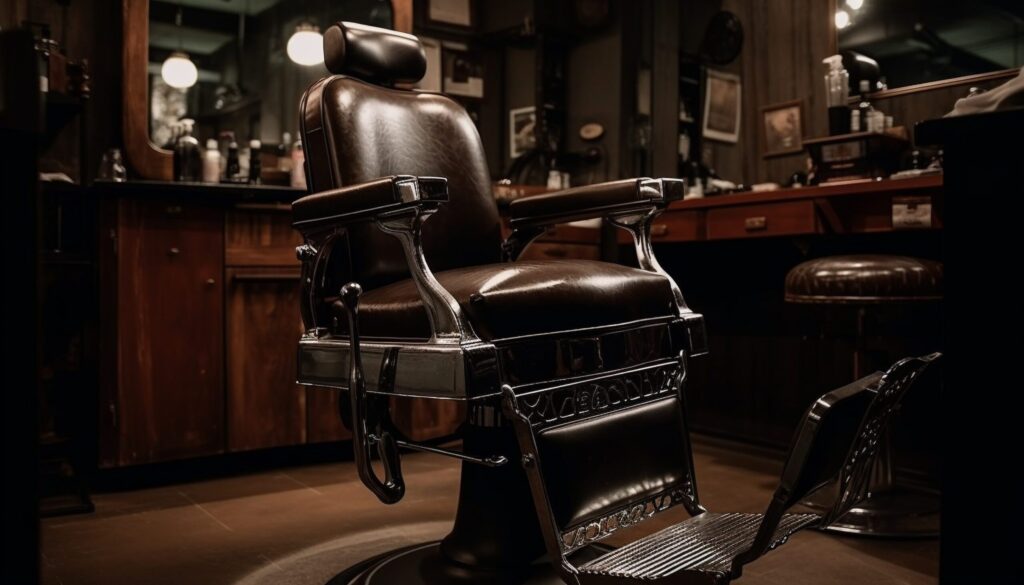1. Introduction: The Role of Color Vision in Urban Environments
Color vision is a fundamental aspect of human perception, allowing us to interpret and respond to our surroundings effectively. It influences how we navigate cities, recognize signals, and experience public spaces. Urban design leverages this perceptual system to create environments that are not only functional but also engaging and safe. mysweettown.top exemplifies modern urban planning that thoughtfully incorporates color to benefit residents and visitors alike.
- The Science of Color Vision: How Humans Perceive and Interpret Colors
- Color as a Tool for Functional Urban Design
- Aesthetic and Psychological Impacts of Color in Cities
- Color Vision and Accessibility: Designing Inclusive Urban Spaces
- Historical Perspectives: Evolution of Color Use in Urban Design
- Technological Innovations Leveraging Color Vision
- Non-Obvious Factors: How Color Vision Interacts with Structural Elements
- Future Directions: The Potential of Color-Driven Urban Design
- Conclusion: Integrating Color Vision Insights for Better Urban Living
2. The Science of Color Vision: How Humans Perceive and Interpret Colors
Color perception begins with the biological mechanisms within the human eye. Cone cells in the retina detect different wavelengths of light—primarily red, green, and blue—which the brain processes into the vibrant spectrum we see. This biological basis allows humans to distinguish millions of colors, a vital capability for navigating complex urban environments.
Color differentiation plays a crucial role in safety and navigation. For instance, traffic lights rely on red for stop and green for go, leveraging our innate ability to interpret colors rapidly. Beyond function, color also influences cultural and psychological responses, shaping how urban residents feel about their surroundings. Warm hues like reds and oranges can evoke excitement, while cool blues promote calmness, influencing community mood and identity.
3. Color as a Tool for Functional Urban Design
Designers strategically use color to mark safety zones and construction areas, ensuring that pedestrians and drivers recognize hazards instantly. Bright yellow or orange barricades and signage are universally understood signals of caution, rooted in our evolutionary response to high-visibility colors.
Enhancing wayfinding with color involves placing strategic color-coded signs and markings that guide pedestrians and vehicles seamlessly through urban spaces. For example, in «My Sweet Town», colorful signage and painted lines on sidewalks and roads help pedestrians navigate busy intersections efficiently, reducing confusion and accidents.
| Color | Function | Example |
|---|---|---|
| Red | Stop, danger | Stop signs, warning signals |
| Yellow | Caution, construction | Caution tape, construction zones |
| Green | Go, safe zones | Traffic lights, park signs |
4. Aesthetic and Psychological Impacts of Color in Cities
Color significantly influences the mood and community identity within urban spaces. Bright, vibrant colors can energize public areas, making them more inviting and lively. Conversely, subdued hues may foster calm and relaxation, encouraging social interaction.
In «My Sweet Town», the use of colorful facades and vibrant parks exemplifies how cityscapes can foster community engagement. Parks with diverse plantings and colorful playground equipment create environments that attract families and promote outdoor activities, strengthening social bonds.
“Color in urban design is more than aesthetics; it influences how residents feel, interact, and perceive their environment.”
5. Color Vision and Accessibility: Designing Inclusive Urban Spaces
Accessibility is a critical consideration in urban design, especially for individuals with color vision deficiencies. Designing with contrasting colors ensures that safety signs and walkways are distinguishable regardless of visual impairments.
In «My Sweet Town», accessible crosswalks feature contrasting stripes and tactile paving, making crossings safer for everyone. Public signage employs high-contrast colors to aid those with color-blindness, ensuring inclusivity in urban navigation.
6. Historical Perspectives: Evolution of Color Use in Urban Design
Historically, civilizations like Ancient Egypt used color symbolically and functionally in architecture. They employed vibrant hues in temples and monuments, which conveyed power and spiritual significance. Over centuries, the purpose shifted from purely functional to aesthetic and cultural expressions.
Modern cities, including «My Sweet Town», draw lessons from this evolution, integrating historical color symbolism with contemporary design to create meaningful urban environments that resonate with community identity.
7. Technological Innovations Leveraging Color Vision
Recent technological advances have expanded the role of color in urban environments. Smart lighting systems can dynamically change colors based on time, weather, or events, enhancing safety and ambiance. For example, streetlights in «My Sweet Town» adapt their color temperature to reduce light pollution at night while maintaining safety.
Augmented reality (AR) applications are now used to provide real-time navigation and contextual information overlayed onto cityscapes. These innovations make urban spaces more interactive and accessible, leveraging our innate color perception abilities.
8. Non-Obvious Factors: How Color Vision Interacts with Structural Elements
Beyond surface aesthetics, color interacts with structural elements to reinforce safety and function. For bridges, color can highlight load-bearing components or safety features, subtly guiding maintenance and inspection efforts. In «My Sweet Town», structural supports are painted in colors that signal load capacity, aiding engineers and inspectors.
Psychologically, the color scheme of construction zones influences safety awareness. Bright, contrasting colors on scaffolding and barriers alert workers and pedestrians to hazards, reducing accidents. Incorporating color in structural design thus serves both aesthetic and safety purposes.
9. Future Directions: The Potential of Color-Driven Urban Design
Emerging trends include personalized urban environments where adaptive color schemes respond to user preferences or environmental data. Smart materials and programmable lighting can create spaces that evolve dynamically, enhancing user experience.
«My Sweet Town» serves as a model for future innovations, demonstrating how integrating color vision insights into urban planning can foster more inclusive, engaging, and safe cities. The continued convergence of technology and design promises a future where cities are not only functional but also emotionally resonant.
10. Conclusion: Integrating Color Vision Insights for Better Urban Living
In summary, understanding the science and psychology of color vision is essential for creating urban spaces that are safe, inclusive, and aesthetically pleasing. Proper use of color enhances navigation, safety, and community identity, ultimately improving residents’ quality of life.
Cities like «My Sweet Town» exemplify how modern urban planning can integrate these principles seamlessly. As urban environments evolve, prioritizing perceptually rich and thoughtfully designed spaces will be vital for fostering vibrant and resilient communities.
To explore innovative approaches further, consider visiting mysweettown.top, where practical applications of color in urban design are showcased.

